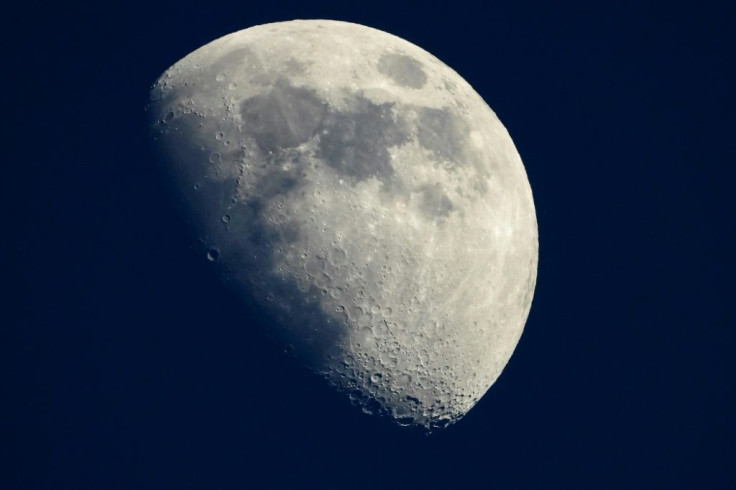NASA Outlines Science Goals For Future Astronauts On Moon
The US space agency NASA published a voluminous report on Monday outlining the scientific priorities for the Artemis III astronauts it intends to send to the Moon in 2024.
One of the goals will be to bring back a total of 85 kilograms (187 pounds) of lunar samples, both from the surface and sub-surface, more than the average 64 kilograms brought back by Apollo mission members between 1969 and 1972.
"The Moon holds vast scientific potential and astronauts are going to help us enable that science," said Thomas Zurbuchen, associate administrator for NASA's Science Mission Directorate.
"This report helps outline a path forward toward the compelling science we can now contemplate doing on the lunar surface in conjunction with human explorers," Zurbuchen said.
The Artemis I mission, scheduled to take place before the end of 2021, will involve a test of the Space Launch System and an unmanned Orion spacecraft.
Artemis II will see a crewed test flight sent into orbit in 2023 but will not involve an actual landing on the Moon.
Artemis III is to send astronauts, including the first woman, to the Moon in 2024.

In the 188-page report, NASA set seven scientific objectives for the Artemis III mission including understanding planetary processes.
The astronauts will only have a maximum of six and a half days on the Moon and the report provides a resource for mission planners who will be developing their surface activities.
Among the recommendations from the experts is establishing a real-time data and video link to a science support team on the ground which can back up the astronauts.
They also suggested the development of lighter scientific instruments which are capable of carrying out more than one investigation or measurement.
In addition, they said NASA should consider pre-positioning science assets in the vicinity of the Artemis III landing site.
"This could consist of an inert cache of tools/instruments to be accessed by crew upon arrival, and/or one or more instrumented landers or rovers for environmental monitoring," they said.
NASA's eventual goal is to establish an Artemis Base Camp on the Moon before the end of the decade, an ambitious plan that would require tens of billions of dollar of funding and the green light from President-elect Joe Biden and Congress.





















